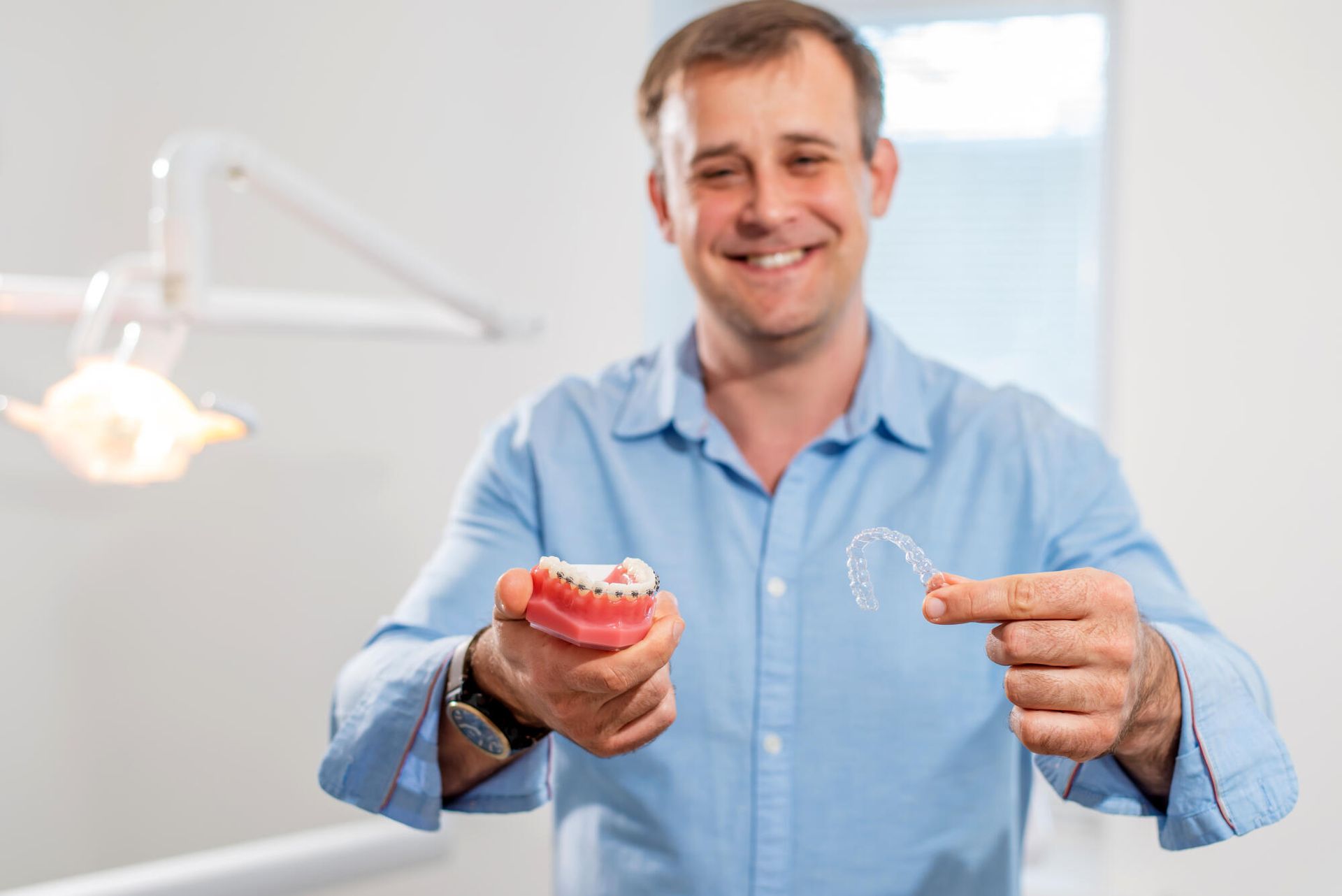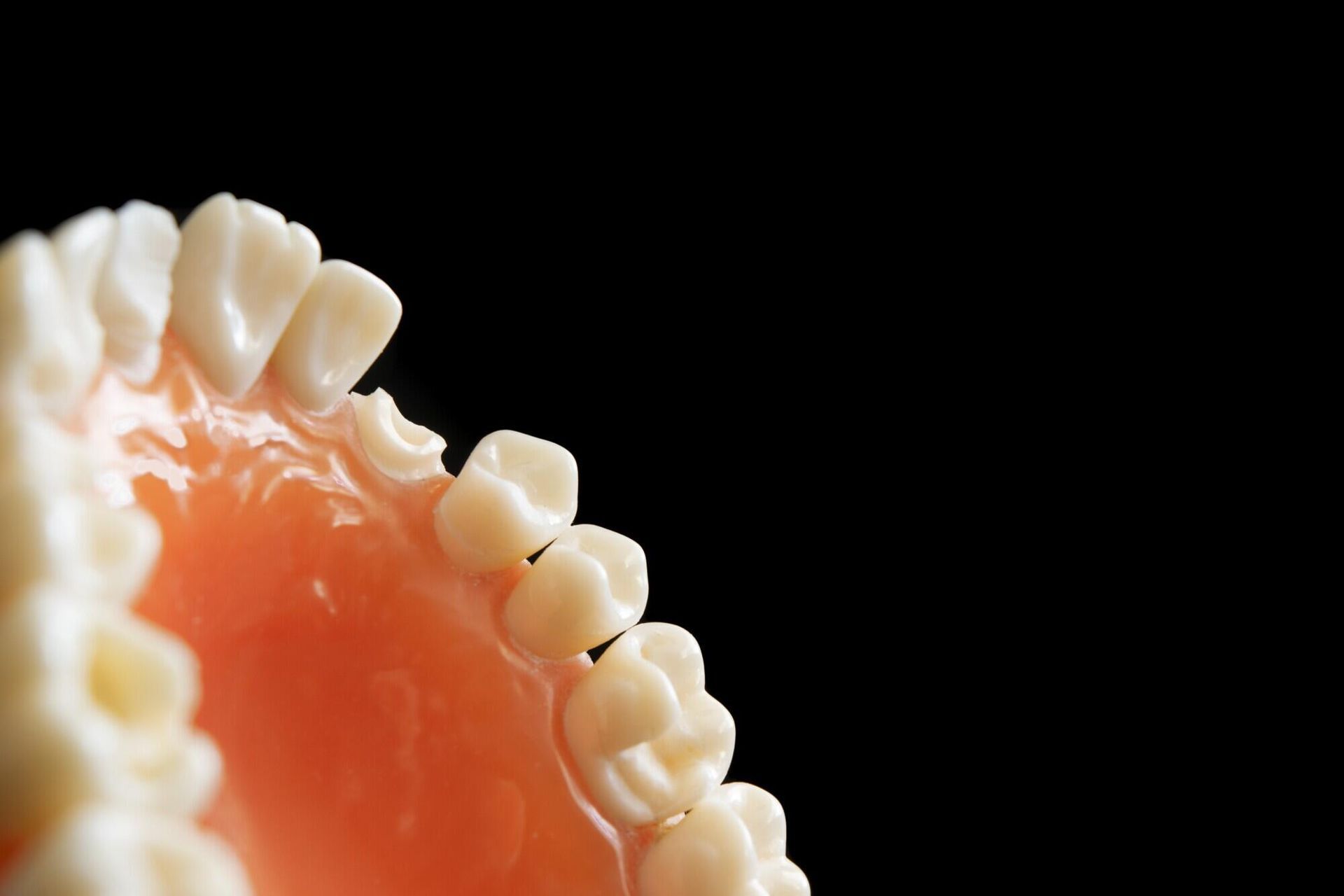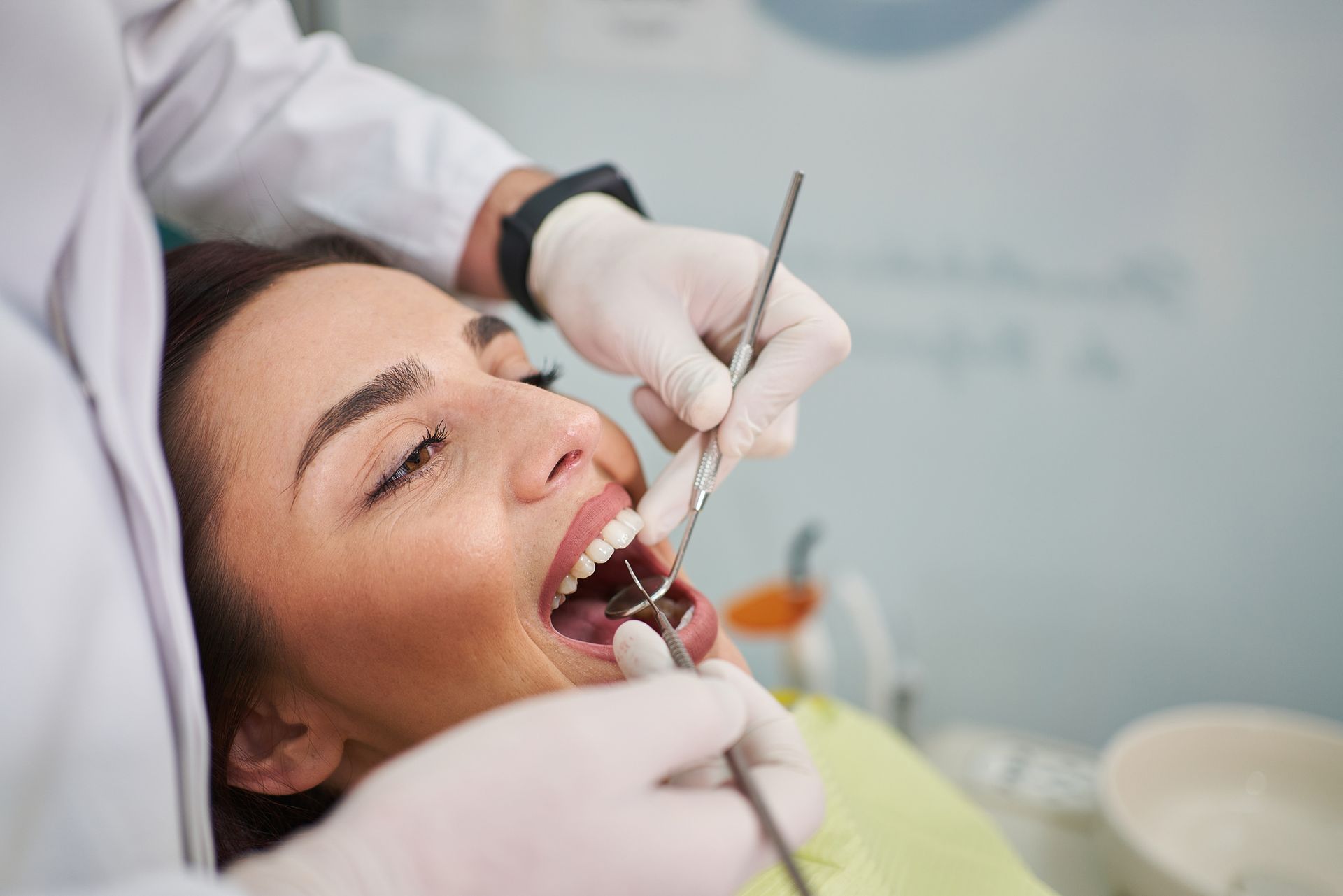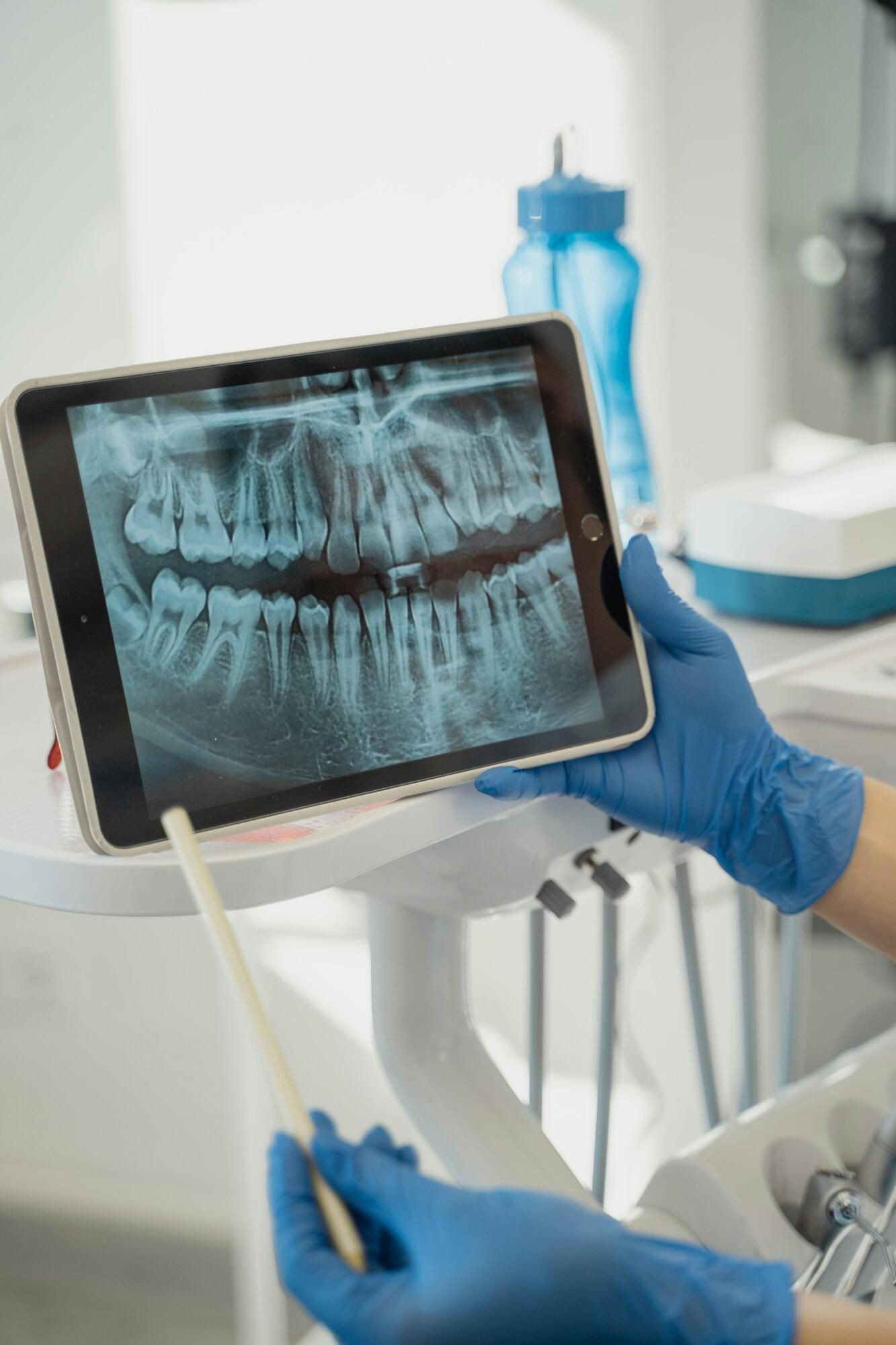All-On-Four Implants: The Modern Solution for Full-Mouth Restoration
Are you tired of skipping your favorite foods because dentures slip or teeth are missing? A dental study from Sage Journal found that All-on-4 implant patients have a much better quality of life after the surgery.
At Dr. Jeffrey M. Falduto Family Dentistry, we're passionate about restoring that freedom through full-mouth dental reconstruction using All-on-4 implants. With Dr. Falduto's 30 years of caring for local smiles, our team makes the All-on-4 procedure details easy to understand and totally stress-free.
All-on-4 implants provide a natural-looking smile that is rock-solid and doesn't slip, which is great for anyone ready to ditch dental hassles. Want to know how we can help you smile with confidence at the next neighborhood block party? Stick with us as we walk you through this modern fix that's transforming lives one smile at a time.
Why All-On-4 Could Be the Best Solution for You
Missing most of your teeth can make even a quick chat at the Lincoln Park deli feel awkward. All-on-4 implants are a clever fix for full-mouth dental reconstruction, designed to give you a full set of teeth using just four posts. These titanium anchors go into your jaw, holding a row of fake teeth that look and perform like real teeth.
You can bite into a juicy apple or laugh with friends without worrying about slips. The benefits of All-on-4 stand out: your new teeth don't budge like dentures, and they're tough enough for years of use.
A Dental Clinics study showed a 94% success rate of all-on-4, meaning most folks keep smiling strong long after the procedure. Unlike older methods, which require a post per tooth, All-on-4 cuts down on surgery time, so you're back to your routine faster.
At Dr. Jeffrey M. Falduto Family Dentistry, we've seen how this setup helps locals enjoy meals and moments again. Your jaw stays healthier because the posts act like tooth roots, which helps prevent the deterioration of your jawbone. If you're tired of hiding your mouth or fussing with temporary fixes, All-on-4 offers a solid way to feel like yourself.
Implants or Dentures? Here's the Real Deal
Deciding between dental implants and dentures is like choosing how to tackle a daily chore - there might be two ways to do the job, but one way is always smoother.
Dentures are removable teeth you pop in and out, which may be handy for some but a hassle when they slide during a Lincoln Park book club meetup. They sit on your gums, so chewing hard stuff like bagels can be tricky, and they don't stop your jawbone from shrinking over time.
All-on-4 implants, though, are fixed in place with four posts screwed into your jaw, so your new teeth feel like the ones you were born with.
The benefits of All-on-4 include eating whatever you want without fear of things shifting. Your speech stays clear, too. No mumbling mid-conversation. Dentures need nightly soaking and can wear out fast; All-on-4 implants will be with you long-term since they only need regular brushing.
Implants cost more upfront, but they save you from constant denture tweaks. If you're curious about which one suits you, stop by our Lincoln Park office. We'll talk through what makes your smile tick and show you how all-on-4 can bring back the confidence to grin widely.
What Goes Into the All-On-4 Process? Let's Break It Down
Ever wonder how you go from missing teeth to a full smile? The all-on-4 procedure details are simpler than you'd guess.
It starts with a visit where we check your mouth and take X-rays to map out your jaw. During the visit we talk with you about your goals and expectations for your smile.
On procedure day, we numb you up so you're relaxed, then place four titanium posts in your jaw at specific angles. These hold a temporary set of teeth you can use right away.
Over a few months, your jaw bonds with the posts, making them super sturdy. Then, we swap in your final teeth, shaped and colored to match your natural teeth.
The whole thing often takes just a couple of visits, unlike older implants, which need months of work. At Dr. Jeffrey M. Falduto Family Dentistry, we use high-tech scans to get every detail right, keeping your comfort first. By the end, you've got a smile ready for family photos or a quick hello at the market.
If full-mouth dental reconstruction sounds like your kind of fix, drop by our Lincoln Park office. We'll walk you through each step and answer any questions with a smile of our own.
Counting the Cost: Is All-On-4 Worth It?
Nobody likes guessing what a new smile will cost, so let's talk straight about All-on-4 implants. For full-mouth dental reconstruction, All-on-4 can run anywhere from $15,000 to $30,000 per jaw, depending on your mouth's needs. Dentures might start cheaper, around $500 to $6,500, but they often need replacing or adjusting every few years, piling up expenses.
Once done, All-on-4 implants can last decades with basic care, like brushing and checkups. The benefits of All-on-4 make it click for many Lincoln Park folks: you get teeth that let you crunch nuts at a town fair or speak clearly at work without fuss.
At Dr. Jeffrey M. Falduto Family Dentistry, we offer payment plans and work with most insurances to lighten the load, plus we offer free consultations to help you map out your options.
Your New Smile Awaits: Discover Full-Mouth Dental Reconstruction Today
Full-mouth dental reconstruction with All-on-4 implants opens the door to a life where you can smile, eat, and talk without holding back. The benefits of All-on-4 shine through in how natural your smile feels, letting you savor every moment, from quiet coffee runs to lively family dinners.
We've walked through how four sturdy posts can rebuild your smile, outlast dentures, and fit your budget with some planning. At Dr. Jeffrey M. Falduto Family Dentistry, our 30 years of helping locals means we know how to make this journey smooth and clear.
We're ready to answer any questions you may have with a smile, whether they are about costs, procedure steps, or what's next.
If you're curious whether All-on-4 is your answer to a confident smile, don't wait to find out.
Click here to book your free visit today and take the first step toward a grin that feels like home!








